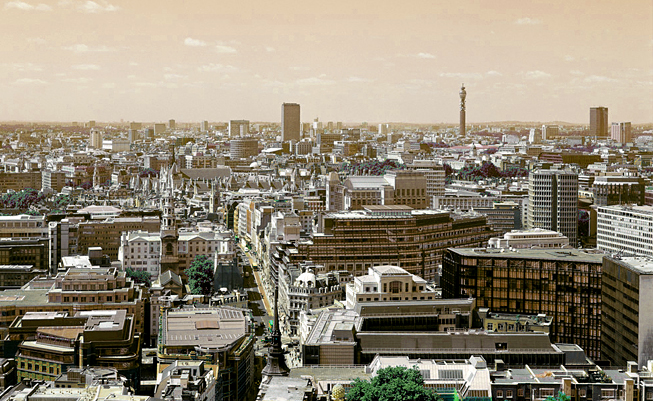Great Moments in Packaging No 2: Corrugated Cardboard Boxes

Do some research into the history of cardboard boxes on the internet and you will find regular mention of one Sir Malcolm Thornhill, who is frequently cited as having made the first commercial cardboard box in 1817. Dig a little deeper, however, and you’ll find people who doubt his very existence, let alone his pivotal role in the development of perhaps Davpack’s biggest selling packaging product.
Even if he did exist and make cardboard boxes, they would have been of the paperboard variety, so let’s put him out of our minds and instead concentrate first on the achievement of two Englishmen, Edwards Healey and Allen, who in 1856 patented the first corrugated paper, which they used to line tall hats. In 1871, a patent for the single-sided board was issued to Albert Jones of New York City, who used it to wrap bottles and glass lantern chimneys, thus marking its first use as a packaging material. Three years later, Oliver Long developed Jones’ design by placing liner on both sides, thus creating the corrugated board we know and love today.
Boxing clever
Our ultimate hero in this story, however, is Scottish-born Robert Gair and, like many of our heroes, he’s an accidental one. Nevertheless, to give him his due, he was undoubtedly smart and imaginative enough to make the necessary leap from unintended happenstance to creative genius.
By 1890, Gair had emigrated to America, fought in the Civil War and become a printer and paper bag maker in Brooklyn. One day in that year, a careless worker intending to print some seed bags, set up his machine wrongly, with the result that a metal ruler, normally used to crease the bags, shifted position and cut them instead. Gair worked out from this that he would be able to cut and fold cardboard at the same time, and would thus be able to make prefabricated cartons which could be folded out into the correct shape. Although Gair worked principally with paperboard, exactly the same method was used when corrugated board cartons started being made early in the 20th century.
Cardboard City
To say that Robert Gair never looked back after his discovery would be an understatement. He built a massive empire, his major break coming when Nabisco decided to use his cardboard boxes to package its Uneeda biscuits instead of the traditional barrels. He also expanded into real estate, constructing numerous prominent buildings on the Brooklyn waterfront, an area that became known as Gairville. One critic observed in 1939 that “more than any other personality, except that of Roebling, the creator of the Brooklyn Bridge, Robert Gair symbolically dominates the Brooklyn waterfront”.
Robert Gair died on his 88th birthday, in 1927.
After the Second World War, Gairville went into decline, partly due to the new Brooklyn-Queens Expressway, which effectively cut it off from downtown Brooklyn, but in recent years has undergone something of a renaissance. Now known as DUMBO (Down Under the Manhattan Bridge Overpass), it features shops and showrooms as hip as any in New York, and many of the buildings Gair built have been converted into apartments and offices, and most still proudly bear his name.
All thanks to one slip of a metal ruler.
Dave Smith
Latest posts by Dave Smith (see all)
- An environmental guide to plastic carrier bags - 22nd June 2015
- Millimetres and litres: a guide to choosing the right sized box - 11th June 2015
- The Davpack Christmas Sale – There’s More! - 12th November 2014
